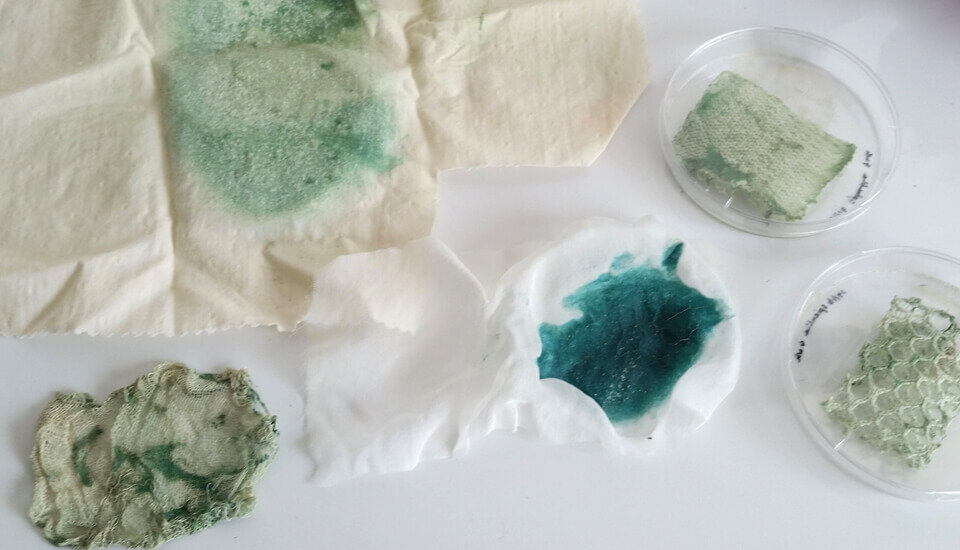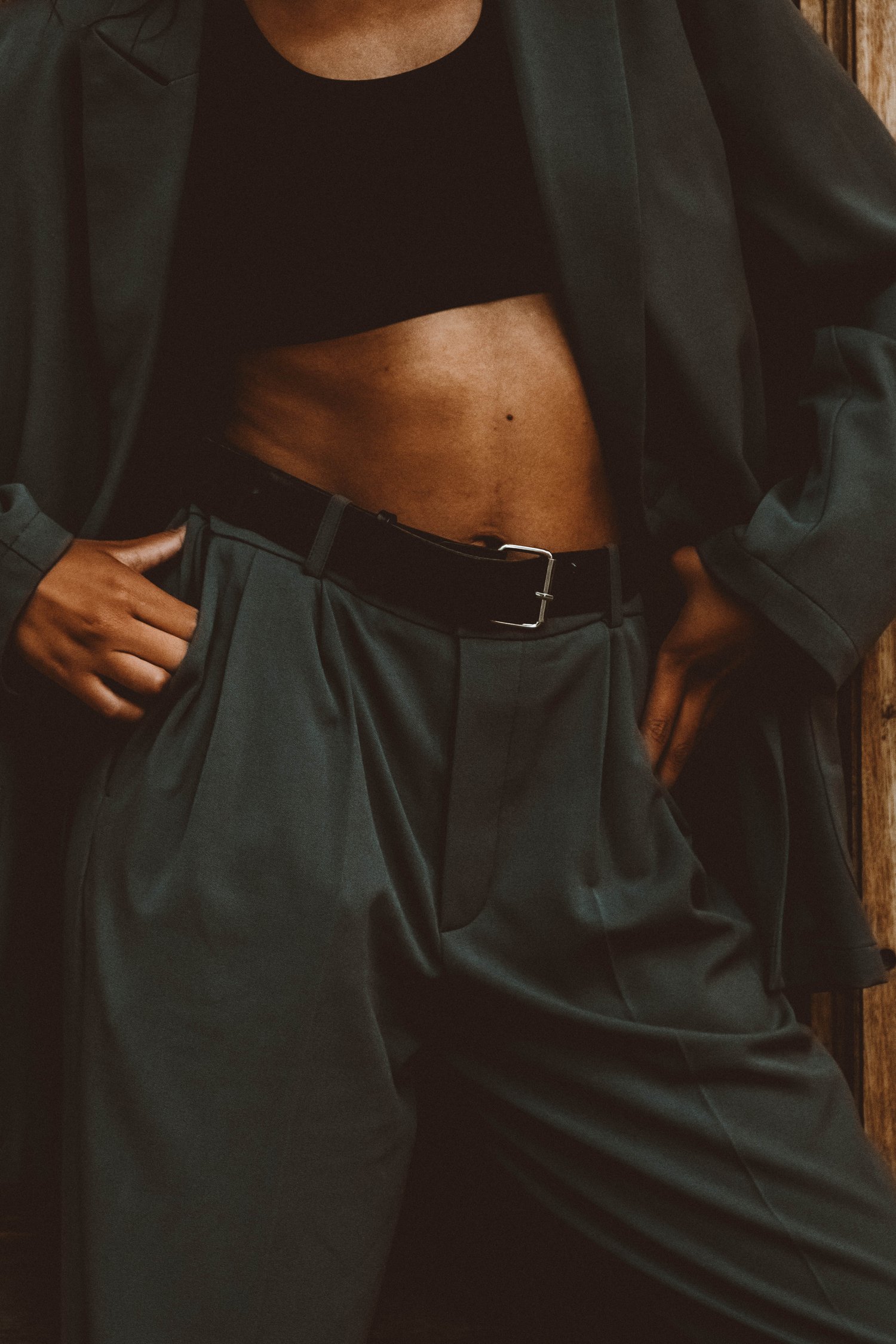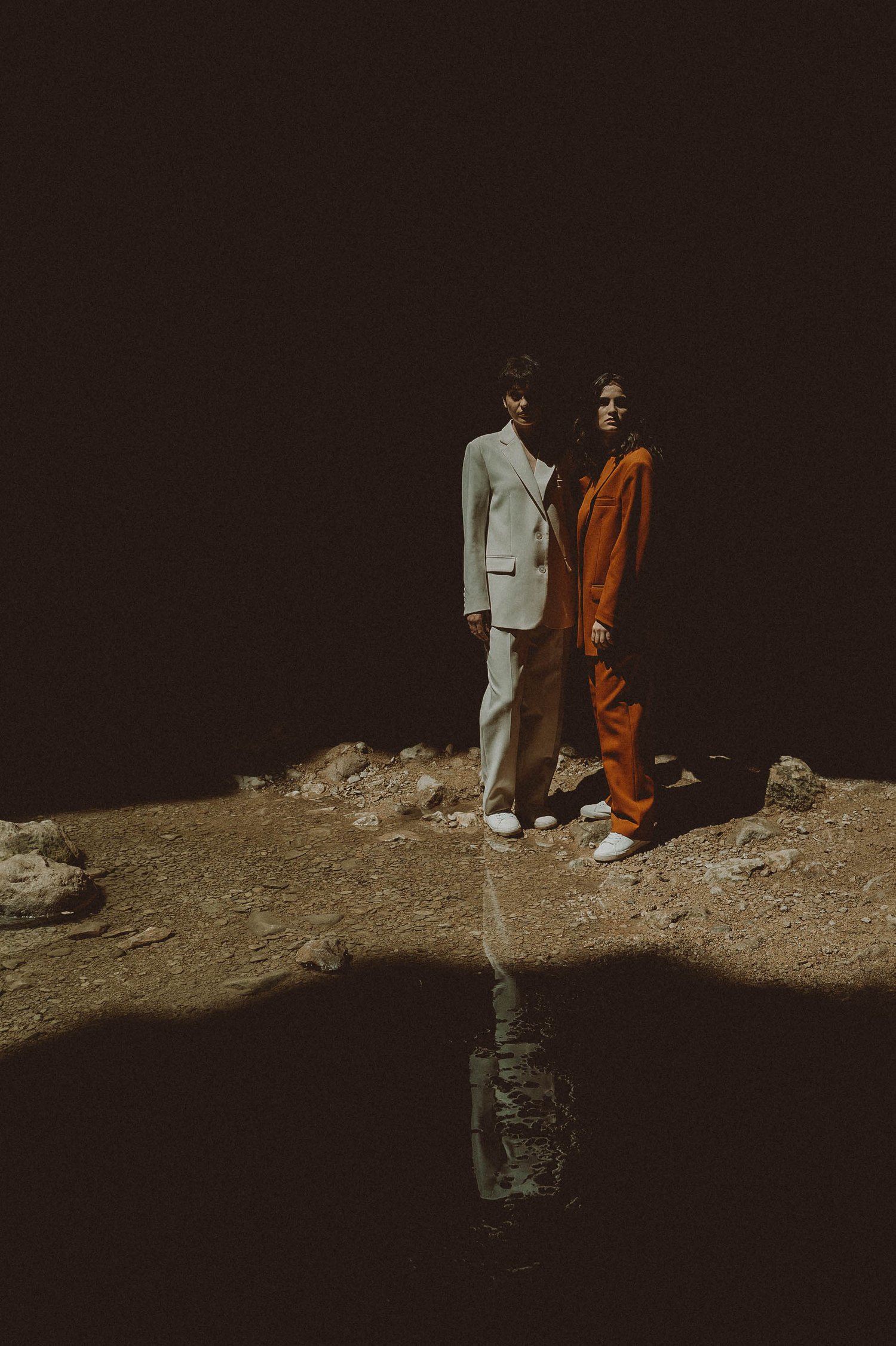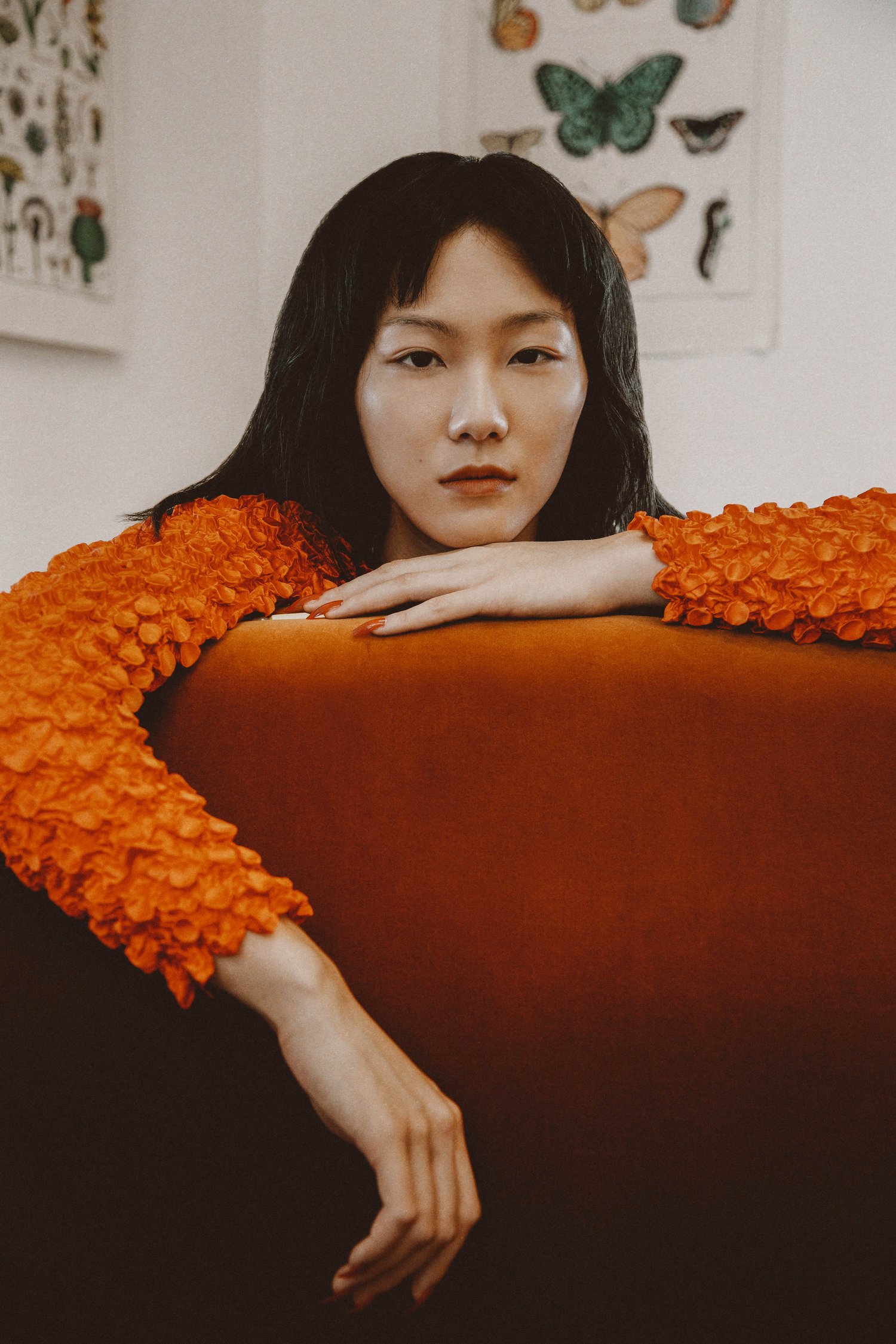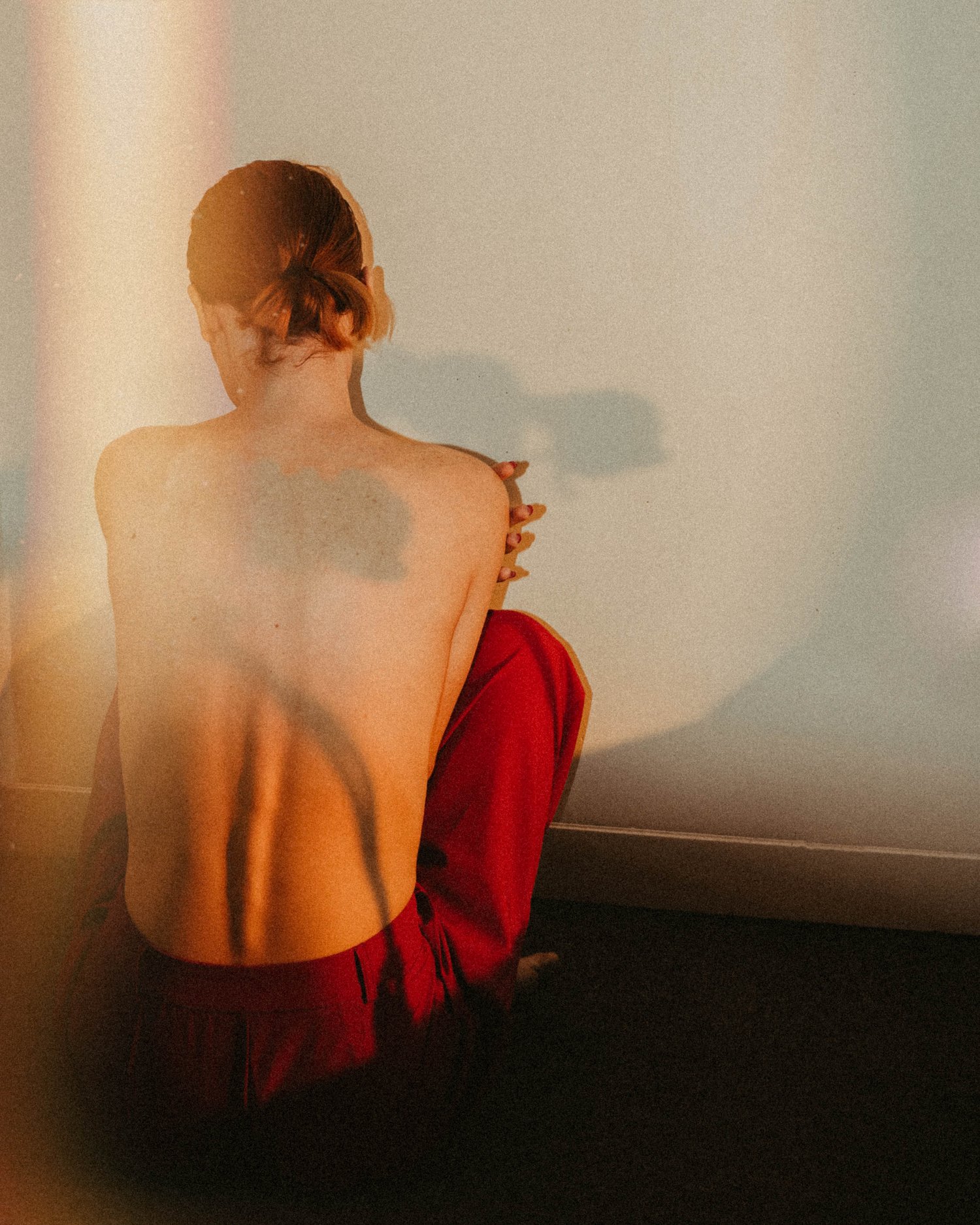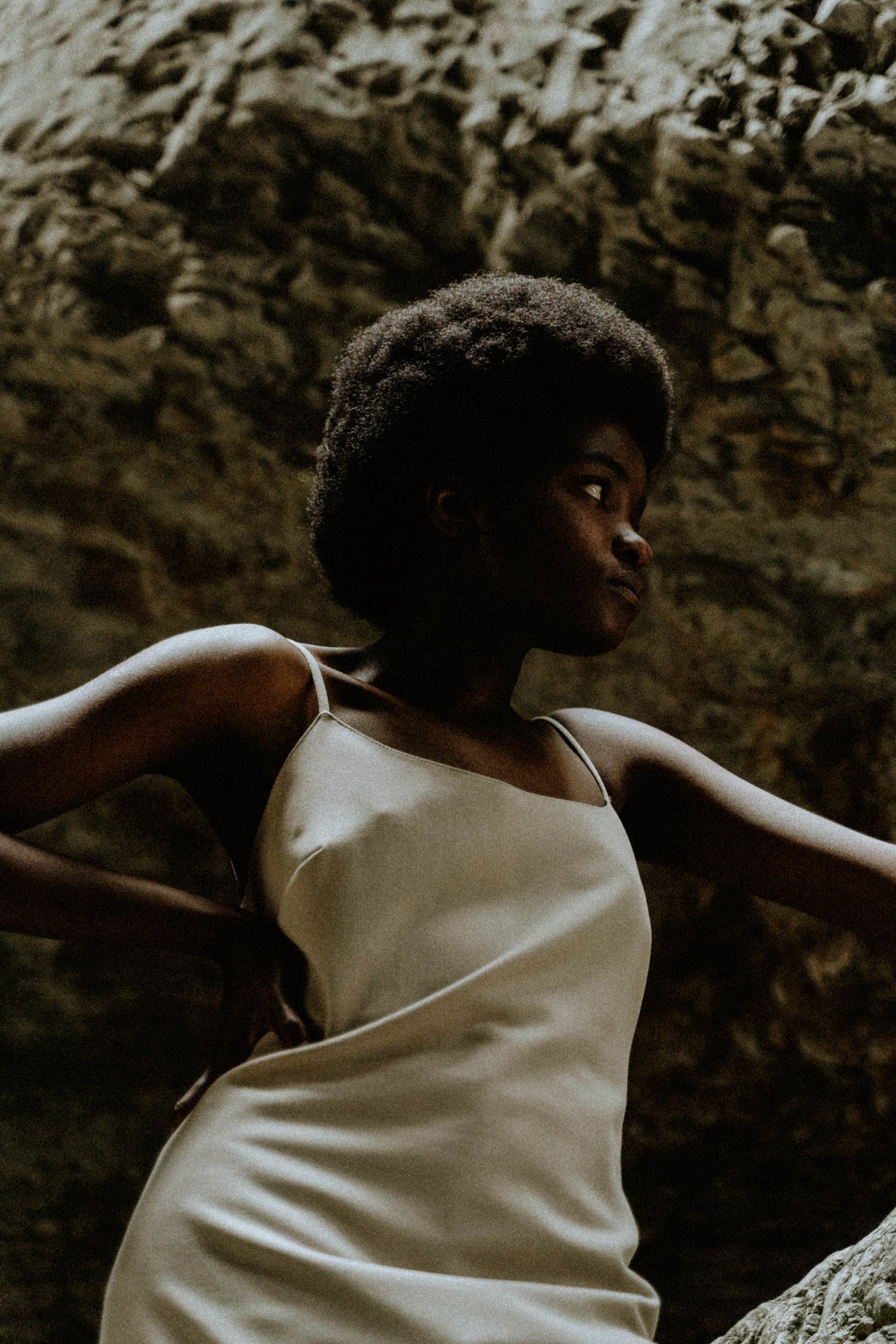For millennia in Eastern culture, Algae has been used for its natural wellness properties. In 2014 the western wellness culture caught on to the seaweed craze when it was deemed “the superfood of the future” by fast company.
The super ingredient has more tricks up its sleeve than being an ingredient to add to your smoothies. With the fashion industry at an inflection point, a focus on circular and regenerative materials has taken rise. A closer look at algae can show us where the future of textiles and wellness will meet.
A Clean Alternative For Fashion
Algae is among the fastest-growing and rapidly replenishing living things on Earth. It doesn’t take much space to grow and it doesn’t need any clean water or pesticides. Making it a cleaner alternative to the natural fibers we use today like cotton and wool.
Some variants of algae are made up of 70% cellulose making it an attractive option for a biobased textile. Cellulose is already used in textiles like viscose, which gets its cellulose from tree pulp.
Algae is also a carbon sequestering entity. The Post Carbon Lab, a startup out of London, has already tapped into harnessing this. Through their post-carbon fashion coating, which is created with algae, they’ve made a t-shirt that generates as much oxygen as a six year old oak tree.
While most of the algae textiles are still in development phases it’s only a matter of time until algae is widely produced. Algalife CEO and co-founder, Renana Krebs thinks one hurdle will be getting the price to an accessible level, but as they scale production it should be possible. She explained to Sports Textiles “The materials produced in the pilot phase are around 25% more expensive, but the price will drop by 50% when scaled up.”
Along with being good for the planet, Algae textiles are also good for us.
The “superpowers” of algae aren’t lost in the process of becoming a textile. The wellness properties stay active and can be absorbed through contact with our skin.
Algae has a natural antibacterial property and it generates negative ions. Negative ions do a lot for us. They neutralize free radicals, revitalize cell metabolism, enhance immune function, and balance the autonomic nervous system which promotes deep sleep.
While on first thought the practicality of active textiles might seem far fetched. They actually can transfer their properties to our bodies through our skin. We see that in particular with algae-based textiles. As The Fabric Workshop explains, we can only absorb 15% of negative ions by breathing, but when we absorb it through our skin we can absorb up to 85%.
We are seeing a wellness trend surrounding active ingredients in food and beverages. We are coming to expect our food to work for us. A bedtime snack that helps us sleep. Probiotic-infused drinks that fight brain fog. We are turning to holistic remedies before reaching into the medicine cabinet. As this active ingredient focus continues to grow textiles will join the conversation.
In 2019 textile designer and biomaterial researcher Clara Davis, created an algae-based bodysuit that promotes well-being. The bodysuit looks like a silicon second skin and was designed to be worn in moments of leisure at home. Its active ingredients promote cell regeneration and gives a boost to the wearer’s immune system.
While the bodysuit isn’t a commercially wearable garment, it shows a movement towards textiles that promote our well-being.
With the ongoing developments in algae biomaterials, we can see a future where bedding that makes us sleep deeper, trousers that keep our legs moisturized, and bodysuits that boost our immune system will be the coveted wellness products.

